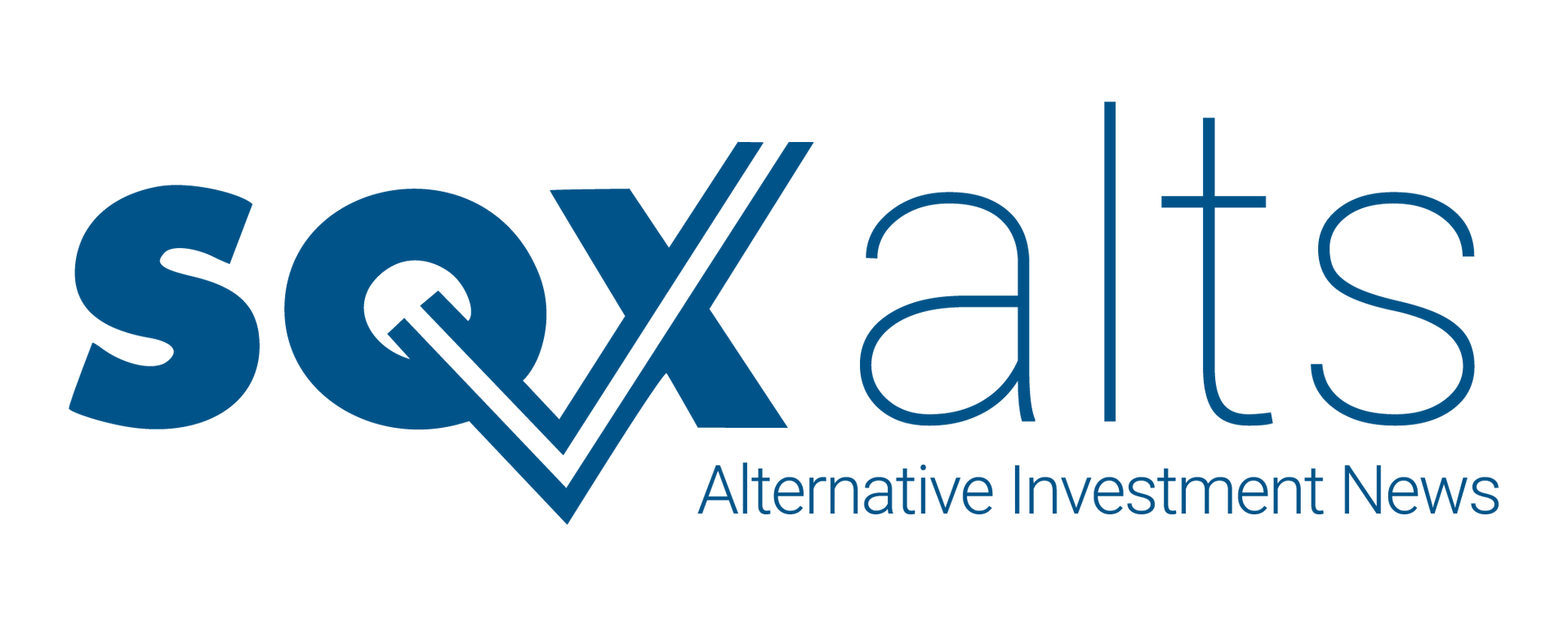TCW Direct Lending VII Faces Portfolio Volatility
Net assets drop as TCW navigates defaults and valuation markdowns, while maintaining income strength.
November 13, 2025

Portfolio Losses Offset Strong Income Generation
TCW Direct Lending VII’s latest quarterly report shows the fund operating in a tough credit environment. As of September 30, 2025, net assets declined to $454.6 million—down from $528 million at year-end—driven by investment markdowns and realized losses. Even as income from the portfolio remained solid, the balance sheet reflected growing stress across the underlying credit exposures.
Over the nine-month period, the fund reported $80.7 million
in net investment income. That was fueled in part by high payment-in-kind (PIK) interest, which added to reported returns but also pushed some cash flows out into the future.
At the same time, the portfolio experienced $124 million
in combined realized and unrealized losses. These hits came from valuation markdowns and credit events—several portfolio companies either defaulted or showed signs of distress. Losses outweighed gains, leading to the year-to-date drop in NAV.
Defaults and Underperformance in Key Names
Several borrowers in the portfolio entered default, including Navistar Defense, Encompass Digital Media, and Twin Star International. While these positions remain in the portfolio, their fair values have been written down, in some cases significantly. TCW has opted to hold the assets rather than exit at unfavorable prices, but the impaired valuations reflect credit deterioration that’s already taken place.
The company also flagged other holdings as underperforming. These changes weighed on asset-level returns and introduced more volatility into the fund’s net asset value.
Shifts in Portfolio Composition
TCW’s portfolio totaled $1.12 billion
at fair value, with 125%
of net assets allocated to debt and another 22%
to equity. That structure reflects TCW’s focus on generating high current income, often through direct lending instruments with elevated yields and PIK features.
PIK instruments now account for a significant portion of interest income, reinforcing the need to monitor long-term payment ability. On the equity side, TCW maintains exposure to many of its debt counterparties, especially in controlled and affiliated positions. These equity investments can create upside when a credit improves—but they also amplify losses when performance declines across the capital structure.
Investment Activity and Liquidity Position
So far this year, TCW added $116.2 million
in new investments and exited $169.2 million
in existing ones. That shift—where dispositions outpaced purchases—suggests a more selective approach as credit conditions tighten.
Liquidity remains strong. The company holds $444 million
in short-term U.S. Treasury Bills and another $7.5 million
in cash equivalents. It also manages a $219.5 million
balance on its credit facilities, which it uses to finance ongoing investments.
The overall structure allows for flexibility, but leverage does introduce risk if asset values continue to decline or market liquidity worsens.
Capital Structure and Fund Term
TCW operates as a BDC under the 1940 Act and has elected RIC tax treatment. It has 13.7 million
units outstanding, and while 88%
of capital commitments have been drawn, roughly $165 million
remains available for follow-on investments.
The fund’s term was recently extended—first to April 2025, then again to April 2026—with board approval. If it’s not extended further, TCW may need to liquidate investments in 2026, potentially at lower values. For now, management is focused on protecting capital and managing through volatility without forced exits.
Market Risk and Valuation Approach
The vast majority of assets in TCW’s portfolio fall into Level 3
under the fair value hierarchy, meaning they’re priced using unobservable inputs. These valuations incorporate assumptions around cash flow timing, credit quality, and recovery expectations.
As market conditions evolve, the company continues to update valuations to reflect the latest credit outlook across sectors. Top industry exposures include software, apparel, aerospace & defense, and chemicals.
Navigating Through the Cycle
This update makes clear that TCW Direct Lending VII is managing through a more volatile period. Strong income and liquidity give the fund room to operate, but rising defaults and markdowns are affecting capital levels and investment returns.
The focus now is on stabilizing performance and staying disciplined on new opportunities. With flexibility in term and capital availability, the fund is positioned to weather ongoing challenges—but execution will be critical in preserving value through the remainder of the cycle.
Share
Read More Articles


